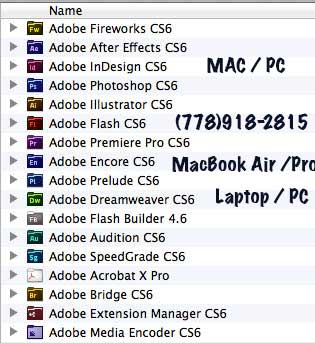

In any case, this process will eventually reach the point where your MacBook downloads the latest version of OS X, as well as the standard programs that Apple includes pre-installed on every laptop. You may be prompted to provide your Apple account information, including username and password. Click on it, and then wait as your MacBook Pro connects to the Internet and gathers information on your laptop from Apple servers. This should present you with a “Reinstall OS X” option. Look for either “Internet Recovery” or “OS X Recovery,” and select whichever one you find.

Enter your Wi-Fi username and password to connect.ĭepending on which version of OS X you are using, your Utilities menu will be slightly different. Select “Wi-Fi” from the Utilities menu and find the router you will be using. In order to complete a system restore, you will need to connect your computer to the Internet. You will be taken to an alternative boot screen with a “Mac OS X Utilities” menu. Hold these keys until the Apple logo appears on the screen, and then release them. Finally, press and hold “Command-R” (the “Command” and “R” keys at the same time) to start the restore process. Plug it into the AC adapter, and then boot it back up. Once your files are backed up, shut down your MacBook Pro. If there is anything you want to keep, take the time to move it all onto an external hard drive. When you revert your MacBook Pro back to factory settings, you will also be wiping out all of the data on your hard drive. Select "Disk Utility" and click "Continue.To start, make sure that all of your files are backed up elsewhere. After a few moments, the macOS Utilities window should appear - this is known as Recovery Mode.Ĥ. Keep holding it until you see either the Apple logo, or an animation of a spinning globe.ģ. Press the power button to turn it on, then immediately press and hold Command (⌘) + R.

Once you're ready to wipe your Mac, do the following:Ģ. If you're giving your computer away, also make sure that you've signed out of iTunes, iCloud, and iMessage - there's a chance your Apple ID data will remain on the drive after you reset it, and you don't want anyone gaining access to your account. You can also backup onto iCloud, or manually move the files you want to save onto an external drive. You can do this through Time Machine, Apple's official backup application, which will copy all your files onto an external drive. Check out the products mentioned in this article: MacBook Pro (From $1,299.99 at Best Buy) How to wipe a Mac computer with a factory resetīefore anything, if you don't want to lose the files you have saved on your computer, you should back them up.


 0 kommentar(er)
0 kommentar(er)
